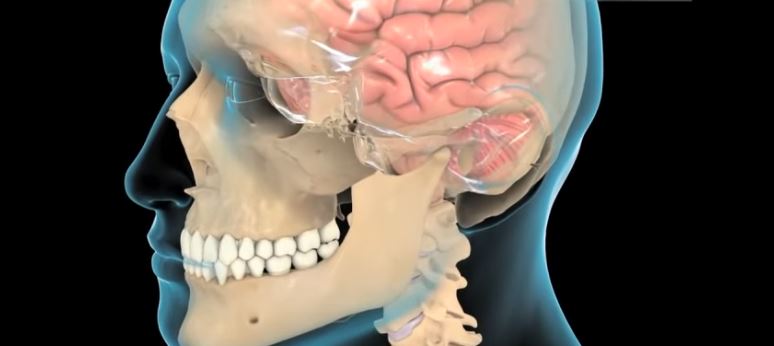If you have an injury to the back of the lower portion of your leg, it is called a calf strain
The most common cause is too much force coming in contact with your calf muscle resulting in inflammation or damage. A calf strain can also be caused by jumping, running, lunging or an improper warmup prior to exercising. The most common symptoms include:
- Pain while active
- Inflammation and swelling
- Your calf will not appear normal
- Unexpected pain in your calf
- Stiffness
- Being unable to place any weight on your calf
There are numerous different treatments for calf strain including taking anti-inflammatory drugs, physiotherapy and heel pads. If you have a calf strain, you should limit physical activity such as running until your body has a chance to heal or you are risking additional damage to your calf. Most people require approximately six weeks to heal from a calf strain.
The length of time you will need to heal is dependent on your overall health, physical condition and the extent of your injury. If your calf strain is minor, you may only need two or three days to heal. An extensive calf strain can require months to heal completely. One of the most common symptoms is swelling of your calf muscle. You will most likely experience pain in your leg, increasing in intensity when you are active for a long period of time.
Once your calf muscle becomes swollen with inflammation present, you may experience muscle spasms. This is common with severe strains. If you do something that places pressure on your tendon, you will probably feel pain at the site of your injury. Tearing your calf muscle is also classified as a calf sprain. If your tear is extensive, you will most likely see bruising, swelling or both. Protecting your calf muscle from additional injuries is critical.








